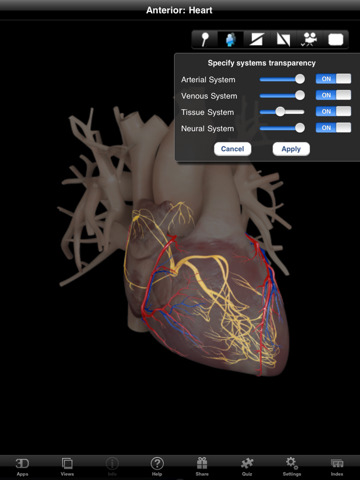
Women were 23% more likely to say that their doctor never or rarely listens to them, and 20% more likely to say their doctor never or only occasionally showed them respect. In a large 2018 study including 10,000 women with heart disease, researchers found that women were significantly more likely than men to report problems with their healthcare. Some evidence suggests that sexism within the healthcare system plays a role. While physiological differences between sexes explain why doctors are more likely to miss signs of heart disease in females, they do not fully explain lower standards of care once a person receives a diagnosis. This impacts health outcomes for females, leading to increased risk of mortality. less likely to receive procedures, such as percutaneous coronary intervention or a coronary bypass.

less likely to receive a pacemaker or defibrillator.less likely to receive treatment from a heart specialist.28% more likely to visit the emergency room (ER) more than twice in a year.35% less likely to receive beta blockers.This can result in misdiagnosis and people leaving the hospital without treatment.įemales also face barriers when they do receive a diagnosis.

Overall, the speed and quality of healthcare for females with heart disease is lower than that of males in the U.S.Īccording to the National Heart, Lung, and Blood Institute (NHLBI), females are more likely to experience delays in getting an EKG when they visit the hospital for symptoms that could indicate heart disease in comparison with males.ĭoctors are also less likely to perform diagnostic tests for CAD in females, while young females are more likely to receive an incorrect diagnosis following a cardiac event. Females who experience early menopause before the age of 40 therefore have an increased risk of heart disease.Īre there disparities between males and females? After menopause, the risk of heart disease for females increases as estrogen decreases. Examples include smoking and diabetes.Īge also affects the risk in females differently to males due to the role of estrogen. Some have a more pronounced impact on the risk of heart disease in females. Some of these risk factors are more common in females, such as obesity and pregnancy-related risk factors. gestational diabetes, eclampsia, or preeclampsia during pregnancy, or having a child with low birth weight.working for long hours or shift work that affects sleep.Many factors elevate the risk of heart disease in females, including: Risk factors for heart disease in females maze surgery to redirect the electrical signals in the heart and correct atrial fibrillation.pacemaker or balloon catheter implantation.coronary artery bypass surgery to repair blocked arteries.percutaneous coronary intervention to place stents or open blocked arteries.People with more severe heart disease may need surgery. However, people with heart disease may need medication. medications to lower cholesterol, manage blood pressure, or prevent blood clotsįor some, diet and lifestyle changes are enough to reduce the risk of heart disease through management of weight, cholesterol, and blood pressure.The treatment for heart disease depends on a number of factors, such as the type of disease, how advanced it is, and any other conditions a person may have. If a person has any signs that could indicate heart disease, they should seek medical advice right away. This means that women may get blockages in the small blood vessels or “side roads” of the heart, while CAD usually consists of macrovascular disease or blockages in the “highways” of the heart. They are also more likely to develop types of heart disease that have fewer obvious symptoms, such as microvascular disease. Females typically have smaller blood vessels and feel “heart pain” differently to males. The reasons for these differences are physiological. more likely to experience angina that does not get better with rest, or that occurs during normal daily activities rather than during exercise.more likely to experience symptoms that can seem unrelated to the heart, such as nausea, vomiting, dizziness, fatigue, and stomach pain.



 0 kommentar(er)
0 kommentar(er)
